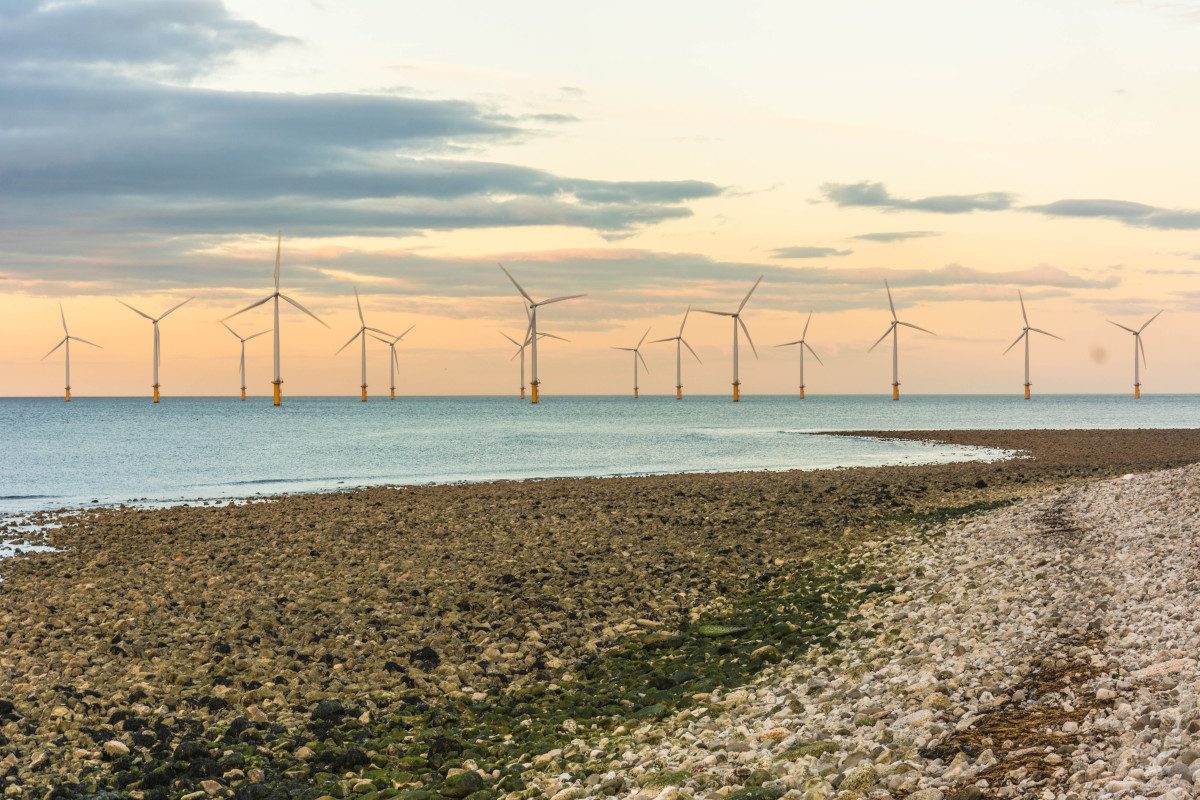
A £2 billion funding package has been awarded to build a proposed new subsea and underground 196km cable between Scotland and the north of England which is intended to help boost energy security, cut bills and hit Government green targets.
Flagged by the National Energy System Operator (NESO) as an essential element in achieving the Government’s Clean Power 2030 ambition, Eastern Green Link 1 (EGL1) is a high voltage electricity superhighway able to transport 2 gigawatts of homegrown wind generated electricity between Torness, East Lothian and Hawthorn Pit, County Durham.
Most of the 196km cable will be under the North Sea, with the remaining 20km of cables underground linking the cable to substations and converter stations in Scotland and England.
NESO says the project will reduce the UK’s reliance on volatile international gas markets by further harnessing the power of homegrown North Sea wind. NESO’s recent Clean Power 2030 Report appears to show that the project will deliver an annual saving of over £870m by reducing the need to compensate British wind generators who are currently asked to turn off production during times of high wind due to lack of grid capacity. This in turn will help drive down consumer bills, says the group.
As part of a declared mission to rapidly upgrade the energy system with a minimum cost to customers, Ofgem has identified over £43m of savings which have been cut from the project costs without impacting delivery or quality. Communities that host the infrastructure in Scotland and North-East England are also set to benefit from a £7.9m social value and community benefit fund.
Beatrice Filkin, Ofgem Director of Major Projects, said: “Today’s announcement takes us another step closer to achieving Great Britain’s 2030 Clean Power ambitions. It means customers can reap the benefits of abundant homegrown wind faster, while also being increasingly shielded from volatile imported gas prices.
“Our fast-track process provides developers with access to some initial upfront funding from the projected budget, so they can secure the supply chain commitments needed to secure the sought-after materials to deliver this project as soon as possible.”
She added: “However streamlining our process does not mean we’ve handed a blank cheque to the developers. We’ve built in safeguards which mean we can step in where needed to ensure they deliver maximum efficiency and benefit to customers.”
EGL1 is the second of 26 critical energy projects, worth an estimated £20 billion, within Ofgem’s new fast track Accelerated Strategic Transmission Investment (ASTI) framework, which the regulator says speeds up the funding process for projects by up to two years, allowing electricity generated by offshore wind to be delivered to British customers sooner.






